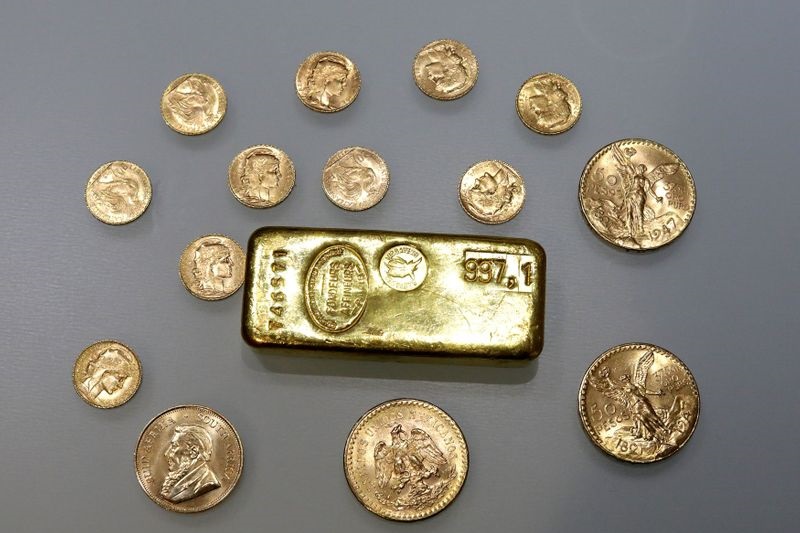By Ambar Warrick
Investing.com-- Gold prices moved little on Tuesday, but held on to recent gains as investors awaited more signs that U.S. inflation was moving away from peaks hit this year.
Spot gold rose nearly 0.1% to $1,725.70 an ounce, while gold futures fell 0.2% to $1,736.35 an ounce by 19:48 ET (23:48 GMT). Both instruments rose over the past three sessions, as the dollar retreated from a 20-year high hit last week.
The greenback fell further on Tuesday, with the dollar index losing 0.1% after five consecutive days of losses. A mix of profit taking, and anticipation of data showing more easing in U.S. inflation, weighed on the greenback in recent sessions.
U.S. CPI inflation data, which is due at 8:30 ET (12:30 GMT) on Tuesday, is expected to show inflation eased to an annual rate of 8.1% in August, from the prior month’s reading of 8.5%.
The reading will mark its second straight month of declines from a 40-year peak hit in June, and will indicate easing U.S. inflationary pressures on declining fuel costs and after a slew of interest rate hikes by the Federal Reserve.
But markets still expect the Fed to keep raising interest rates at a steep pace for the remainder of the year, given that inflation remains well above the central bank’s annual target of 2%.
Traders are pricing in an over 90% chance that the Fed will raise rates by 75 basis points - the upper end of expectations - next week.
This is widely expected to boost the dollar and Treasury yields, while keeping gold prices depressed in the near-term.
Gold has plummeted from highs hit earlier this year, as investors sought better returns from the dollar and sovereign debt amid surging interest rates.
Among industrial metals, copper prices continued to trend higher, driven by a weaker dollar and expected supply disruptions from a strike at Chile’s Escondida mine.
London-traded copper futures rose 0.2% to $3.6242 a pound. They jumped 1.9% on Monday.
Unionized workers at Escondida, the world’s largest copper mine, voted to go on a strike beginning this week. The move is widely expected to tighten global copper supply, benefiting prices.
But copper also has to contend with sluggish demand in China, the largest importer of the red metal.
